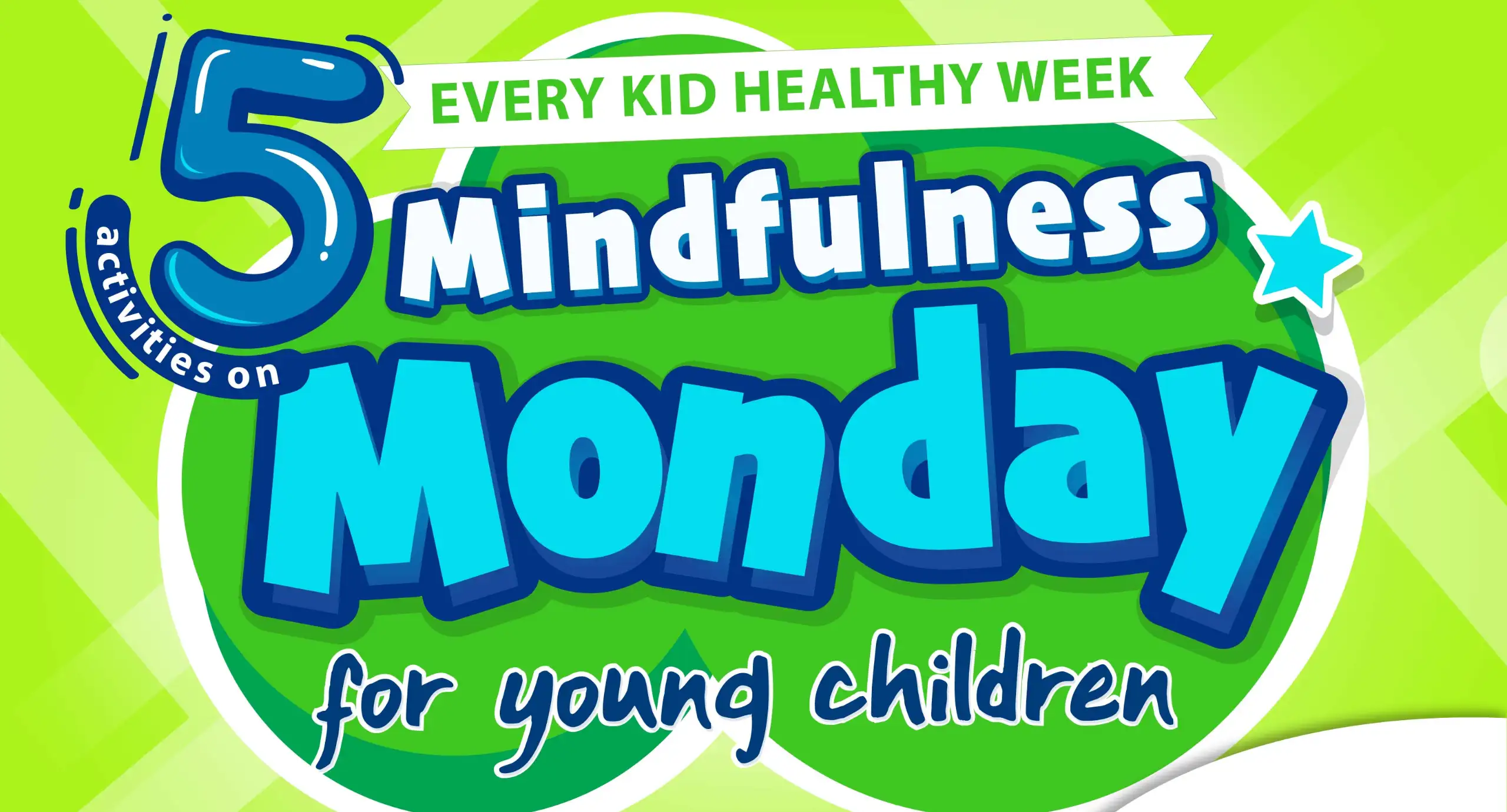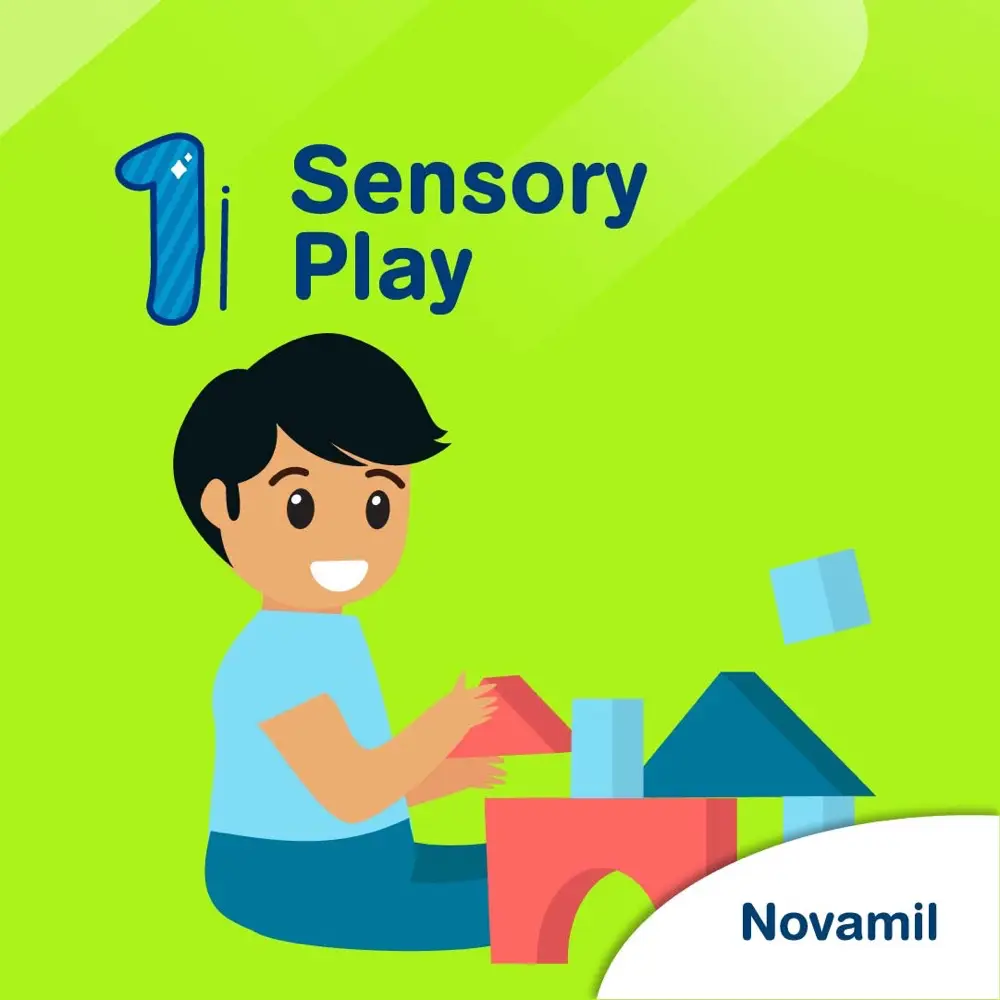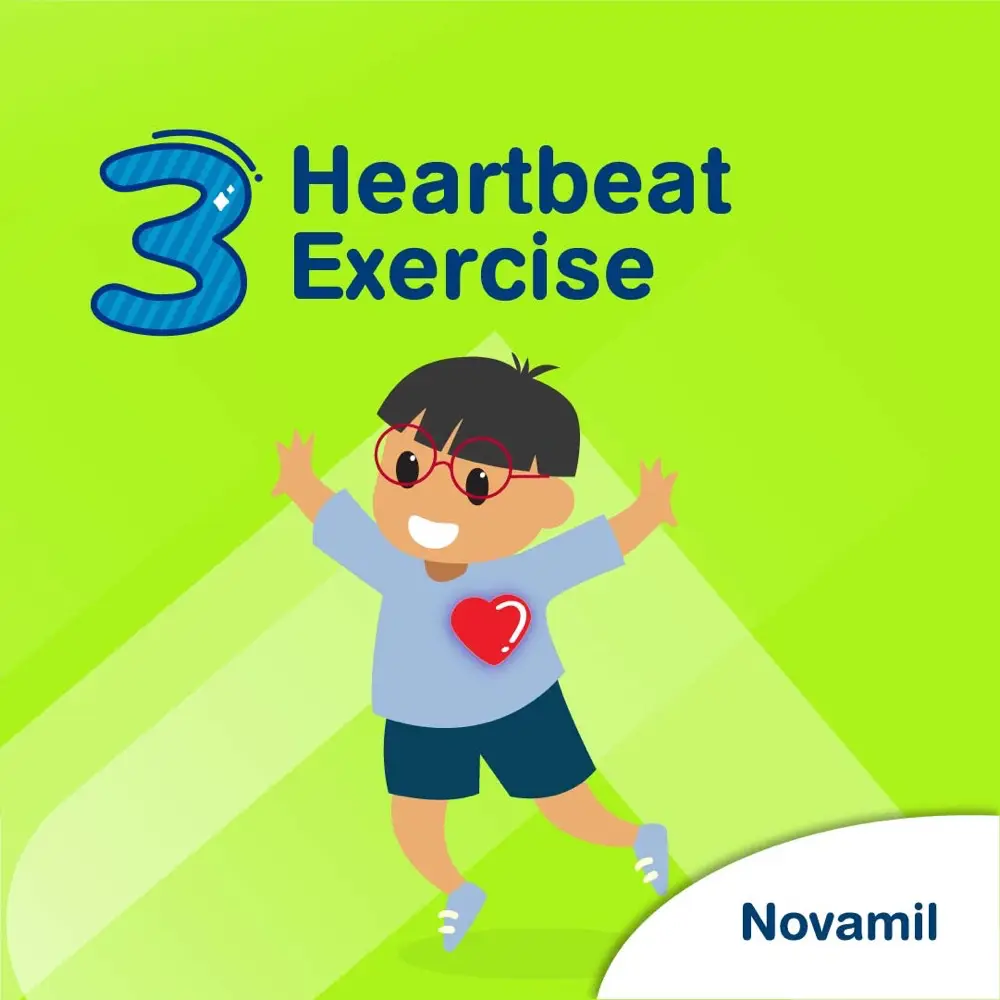Parenting Tips /
5 Activities on Mindfulness Monday for Young Children

Every Kid Healthy Week is an annual celebration to encourage schools and families to improve the health and wellness of children. The Every Kid Healthy Week is scheduled on 20th – 24th April this year. Each day of the week shines a spotlight on the great actions that linked to nutrition, physical activity, mental health and learning!
We’re happy to be taking part in spreading the word by posting on our blog every day this week! Today theme is Mindfulness Monday!
Mindfulness is the basic human ability to be fully present, aware of where we are and what we’re doing, and not overly reactive or overwhelmed by what’s going on around us. The goal of mindfulness is to wake up to the inner workings of our mental, emotional and physical processes. It is something we all naturally possess, and it is more readily available to us when we practice on a daily basis.
The power of mindfulness with kids is even greater because their brains and bodies are still under development. Research showed that practicing mindfulness can help kids learn to focus, manage stress, regulate emotion, and develop a positive outlook. Thus there is a bunch of programs initiated all around the world to get mindfulness activities for kids in school.
Let’s do some simple mindfulness activities on this Mindfulness Monday in the Every Kid Healthy Week!
1. Help them to explore their imagination with SENSORY PLAY
Sensory play is a simple and exciting way for children to explore textures, sounds, smells, movement, balance through hands-on learning, which helps to build cognitive skills. The simplest way of starting this activity is to create a sensory bin.
- Take a plastic storage box and fill with age-appropriate items such as uncooked rice or beans, feathers, or cotton balls.
- Then add in other small items with different materials like toys, shovels, matchbox cards, Legos, small bowls, etc.
- Have your kids to play and experience the sensory bin for about 15 – 30 minutes.
2. Help them to notice their body sensation with BODY SCAN
Body scan is a key practice in mindfulness, and an easy one to teach to children. It allows kids to be more aware of their bodies. The goal is to learn to relax muscles in different parts of the body that may have become tense without the individual even noticing.
- Have your kids lie down on their back on a comfortable surface and close their eyes.
- Tell them to tighten and then relax specific muscle groups one at a time. You may start with hands then arms.
- Keep going until you include all body parts – shoulder, neck, jaw, face, nose, stomach, legs and feet.
There are many different scripts available. Here is one example you may use.
3. Help them to stay focus with HEARTBEAT EXERCISE
Our heartbeat is an amazing representation of our emotions. Like our breath, it is always with us. This activity teaches children to pay attention and notice their heartbeat, and perhaps their breaths as well.
- Have your kids to close their eyes and place their hands over their heart to notice how quickly or slowly their heart is beating.
- Ask your child to stand up and either jump up and down in place or do jumping jacks for one minute.
- Once finished, have them sit down and place their hands over their heart to feel their heartbeat again until it slows back down. You may have them close their eyes to focus better.
4. Help them to experience mindful eating with BLINDFOLDED TASTE TESTS
It’s easy to scarf down food without paying attention to the taste. Blindfolded taste test is a game to activate their sense of taste and allows them to savour the eating experiences with taste, texture, and flavours, rather than doing it automatically. By practising mindful eating, it can help kids to enjoy their meals and protect them from unhealthy weight gain.
- Blindfold your kids and give them a small bit of a specific food such as grapes, oranges or cookies.
- Start by asking them to hold the food and notice how it feels.
- Then hold the food near their nose and ask them what it smells like.
- Have them put the food in their mouth but not to chew it right away. Tell them to move the food around their mouth and pay attention to how it taste and how it feels.
- End it with instruct them to go ahead and chew the food slowly to notice the flavour and texture.
5. Help them to connect their mind and body with EXERCISE
Similar to adults, exercises presented in a child’s language can help counter the stress experienced by little ones living in a hurry-up world. Engaging in exercise at an early age encourages self-esteem and allows them to navigate life’s challenges with a little more ease. You can sign your children up for an exercise class or make it a family practice and incorporate it into daily routines. Here are some kid-friendly exercises you can start with:
- Jumping jacks
- Skipping rope
- Hula hooping
- Bicycle kicks
It’s important to remember that mindfulness should be an ongoing practise. Take time every day to practise mindfulness skills with your children. When you make it a priority in your life, your children will also see that it’s important to be in tune with the present.




